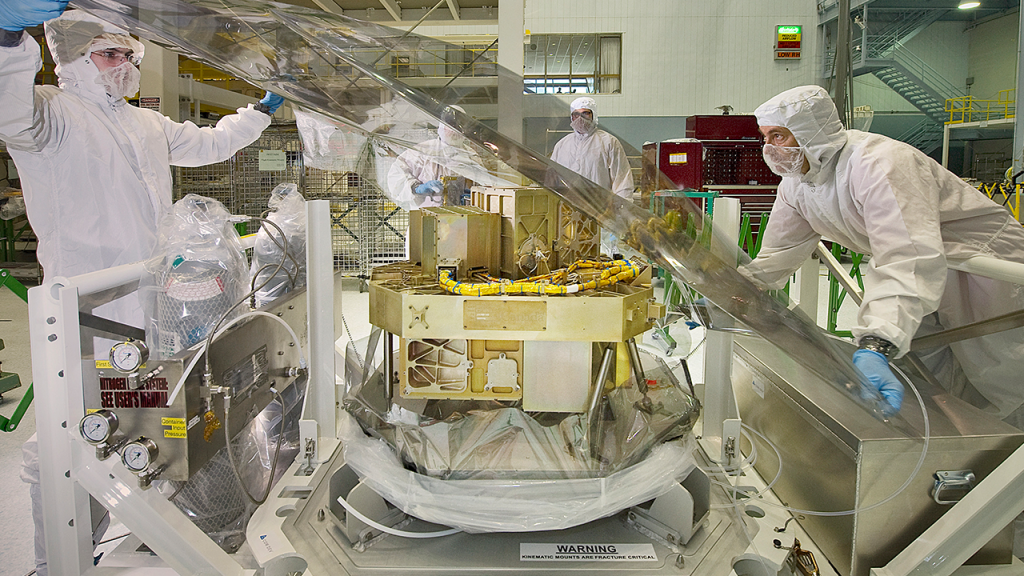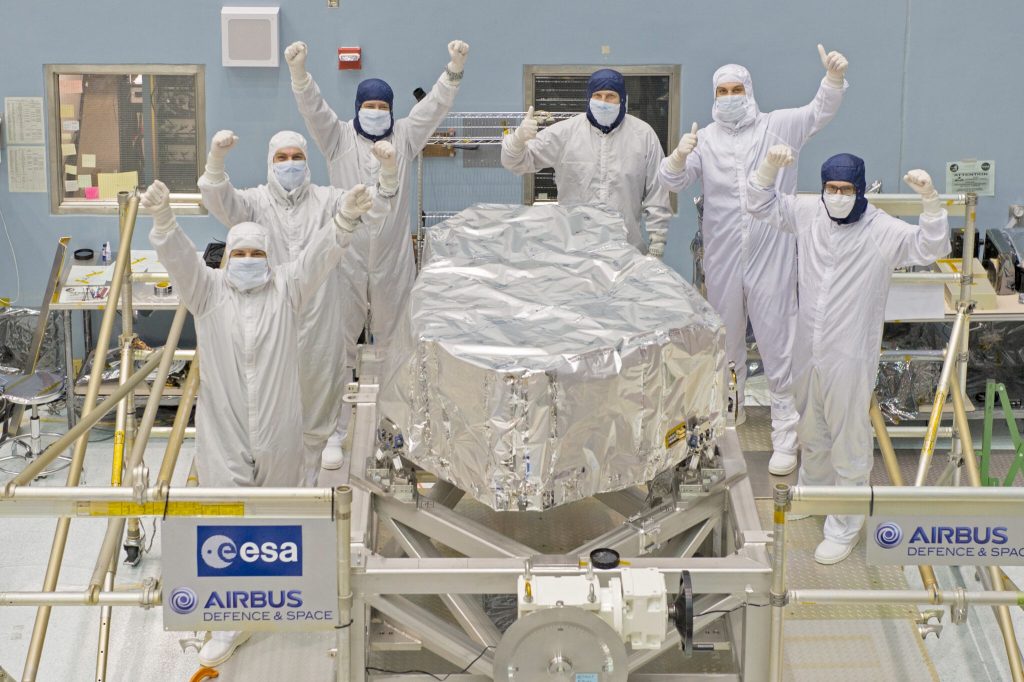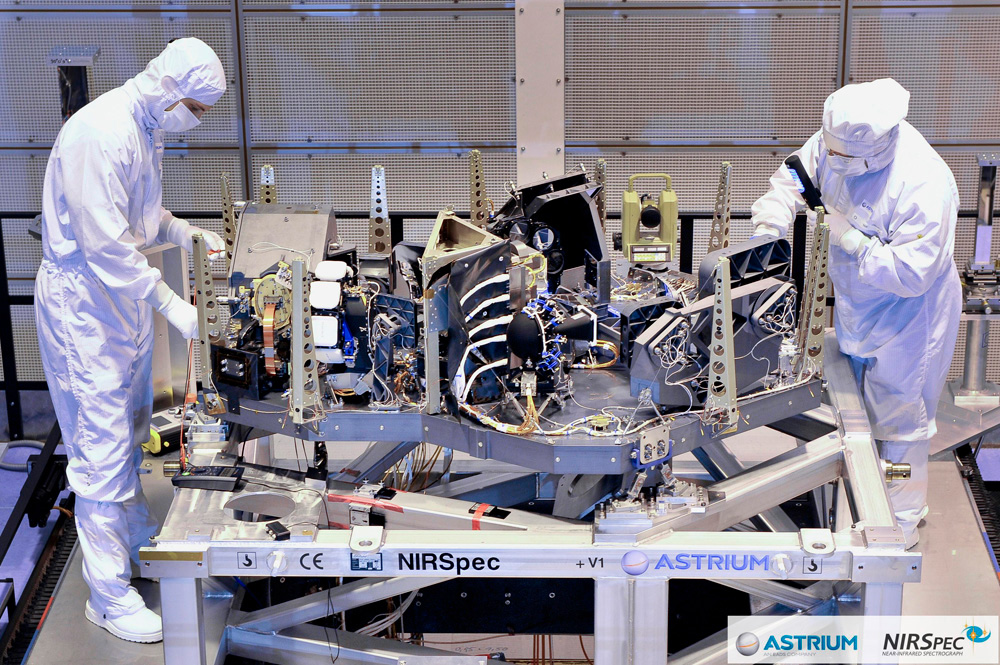As we approach the launch of our incredible mission, we asked people across the mission to share why they are grateful for Webb.
I am thankful for…
“the wonderful engineers, project leaders, and skilled technicians who crafted the amazing Webb machine that will enable us to fulfill our science vision!”
—Heidi B. Hammel, Webb interdisciplinary scientist, Association of Universities for Research in Astronomy (AURA)
“having had the chance of taking part in a piece of history. It will be certainly the most complex and ambitious program I will collaborate with in my lifetime scientifically and technically, but also, and maybe more importantly, the most rewarding as a person with human relationships built over the long journey with all the colleagues and friends in the JWST project.”
—Jose Lorenzo Alvarez, former MIRI payload manager, ESA (European Space Agency)
“the incredible opportunity to work on an engineering marvel and a piece of history. The mentors I’ve had along the way and being part of an amazing team of people.”
—Yi Wang, Webb launch systems integration engineer, Northrop Grumman
“the JWST project recognizing planetary science as an essential science priority and working to enable moving target tracking so we can observe solar system objects.”
—Stefanie Milam, Webb deputy project scientist for planetary science, NASA’s Goddard Space Flight Center
“being able to meet people from around the world and talk to them about the promise and anticipated discoveries of the James Webb Space Telescope.”
—Peter Sooy, outreach and communications specialist, ASRC Federal System Solutions
“the people I’ve been working with during cooler integration and test and will be working with during commissioning the cooler after launch.”
—Bret Naylor, MIRI cooler commissioning lead, NASA’s Jet Propulsion Laboratory
“the team leaders who have taught me so much. I am thankful to have met and become friends with so many folks. I pray for the team members who are no longer with us. We all played an important part of making James Webb a success.”
—Shirley Paul, quality assurance engineer, Genesis Engineering Solutions
“the opportunity to be part of a project so big, that it’s literally ‘out of this world.’ I couldn’t have imagined one day working alongside incredible people, for a NASA mission, and that I—with my small part on social media—would be part of this group.”
—Jaclyn Barrientes, senior social media specialist, Space Telescope Science Institute (STScI)
“being part of the JWST project and having seen time and again how people from all over the world get together and work collaboratively to overcome any challenge, from engineering or scientific problems to a world pandemic—always finding new solutions to push through and complete the mission!”
—Giovanna Giardino, instrument scientist, ESA
“being hired for this job just a year before JWST launch—it was a dream come true as I had been waiting for an opportunity to be part of JWST ever since I saw JWST mirrors at [Goddard] about seven years ago when I was just a master’s student.”
—Nimisha Kumari, ESA/AURA astronomer, STScI
“the two decades of camaraderie, friendship, dedication, and perseverance shared with the JWST family bringing the dream of this great observatory to reality.”
—John Johnston, OTIS deputy systems engineer, Goddard
“being part of a mission that I’m sure will change the way we understand the universe. I feel certain we are in for some surprises! I’m also thankful for getting to work with some amazing people on this telescope over the years.”
—Amber Straughn, deputy project scientist for communications, Goddard
“everyone who showed up every day and gave J-Dub their all each and every day. We sacrificed a lot of weekends and long days over the years. There aren’t many other jobs where you will work on something for so long and not know you did a good job until a later moment in time. But I do know we gave it our all and left everything out there on the field (clean room). And that’s all you can do.”
—Colin Burt, mission systems engineering—sunshield, Heliospace
“my families, both home and NASA, for their years of support over the life of this mission.”
—Eric Smith, Webb program scientist, NASA Headquarters
From our Webb family to yours…happy Thanksgiving!
By Jonathan Gardner, Webb deputy senior project scientist, NASA’s Goddard Space Flight Center
And Alexandra Lockwood, project scientist for Webb science communications, Space Telescope Science Institute




